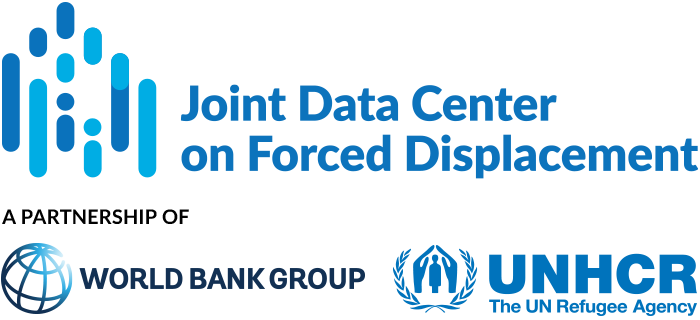This article investigates the effects of forced migration on sending economies, using the post-World War II expulsion of German minorities from Hungary as a natural experiment.
JDC Literature Review
The Legacies of Armed Conflict: Insights From Stayees and Returning Forced Migrants
This paper investigates differences in indicators of trust, reconciliation, and community engagement between individuals who stayed in their communities during conflict (stayees) and those who were IDPs or refugees and returned home (returnees).
What it Takes to Return: UN Peacekeeping and the Safe Return of Displaced People
This article investigates the impact of UN peacekeeping on voluntary returns of internally displaced persons (IDPs) and attitudes towards returnees and IDPs in South Sudan.
Revolving Doors: How Externalization Policies Block Refugees and Deflect Other Migrants across Migration Routes
This paper investigates the effects of externalization policies on unauthorized migration flows, focusing on the effects of the 2016 EU–Turkey Statement on unauthorized border crossings to Europe.
More is Better: Evaluating the Impact of a Variation in Cash Assistance on the Reintegration Outcomes of Returning Afghan Refugees
This paper examines the impact of cash assistance provided to Afghan refugees returning from Pakistan on household outcomes post-return. Between 2016 and 2018, UNHCR assisted more than 458,000 documented Afghan refugees who returned from Pakistan. Between July 2016...
Global Trends: Forced Displacement in 2023
The 2024 Global Trends report presents the most recent official statistics on refugees, asylum-seekers, internally displaced persons (IDPs), stateless people, and returned refugees for the year 2023. The data included in the report is sourced from governments, non-governmental organizations, and UNHCR.
Posttraumatic stress moderates return intentions: a factorial survey experiment with internally displaced persons in Nigeria
This article examines the effect of posttraumatic stress as a moderator on the decision-making process of internally displaced persons (IDPs) in Nigeria.
Refugees, trade, and FDI
This article discusses trade and investment links forged by refugees between their countries of resettlement and countries of origin, drawing on findings from the literature on migrants and refugees.
Refugee mobilities in East Africa: understanding secondary movements
This article examines the mobility aspirations of refugees in Kenya, Uganda, and Ethiopia, and includes an in-depth analysis of the mobility patterns of refugees in Kenya. The research challenges common assumptions about refugee mobility, that: (1) most refugee secondary movements (the movement of refugees from the first country in which they arrive) are South-North; (2) refugee movements are predominantly irregular; (3) aspirations to move translate into actual movements; and (4) refugees who remain in regions of origin are largely immobile.
Forced migration: evidence and policy challenges
This article presents a summary of Volume 38, Issue 3 of the Oxford Review of Economic Policy, which focuses on forced migration. The issue explores: (1) what are the mechanisms by which refugees should be managed, and what frameworks should be used for supporting them? (2) how can policy support the integration of refugees into host economies and what are the likely consequences of this integration? (3) how are host communities likely to respond to the influx of refugees, and how can policy help to smooth this transition? And (4) what role can policy play to encourage resilience among refugees and IDPs and support their return?


